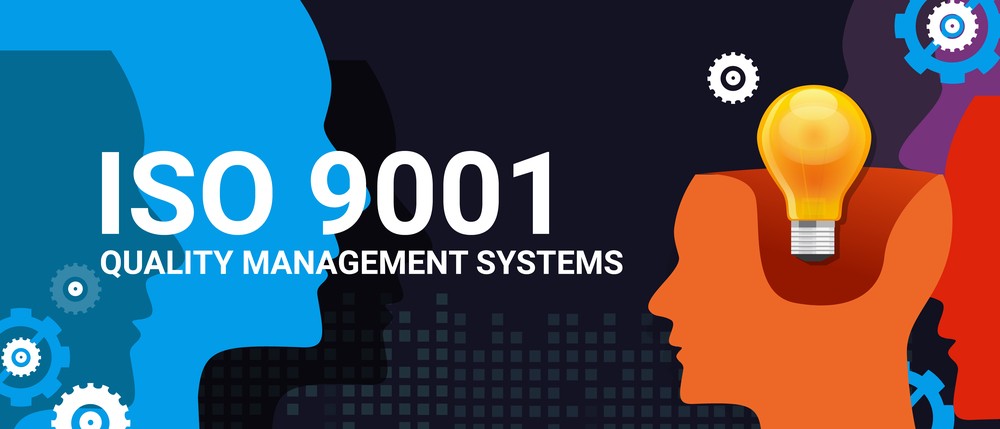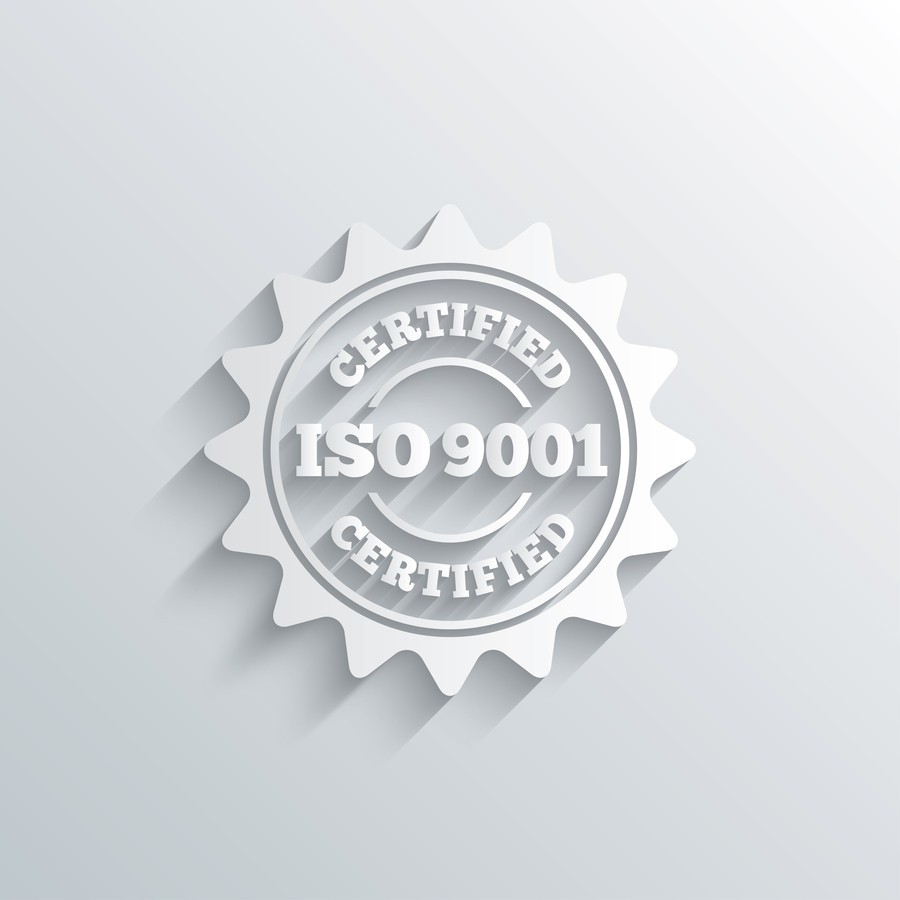8 Tips for Simplifying ISO 9001 Certification in Your Factory

The ISO 9001 standard is one many manufacturers proudly ascribe to. It’s a seal of excellence and a certification that opens doors for everything from trade relationships to price justifications. Why? Because it’s not easily earned and arduously audited. Manufacturers need to follow due process to attain and retain their ISO 9001 certification, which means devoting time, resources, money, and ongoing attention to bettering their processes and their standards.
A system for quality assurance
The common misconception about ISO 9001 certification is that it applies to products. It doesn’t. Quite the opposite, it applies to the systems behind the manufacture of products — or any processes for that matter. The formal definition for ISO 9001 is, a standard that evaluates whether your Quality Management System is appropriate and effective, while forcing you to identify and implement improvements.
While any business can earn ISO 9001 certification, it’s most frequently associated with manufacturing facilities, due to the many processes contributing to the production process.
Tips for simplifying ISO 9001 audits
ISO 9001 is a big deal, in large part to the prestige the certification carries. It’s not easy (or cheap) to come by, which makes it all the more important to achieve it the right way. For those setting out to earn their ISO 9001 certification or those coming up on a renewal audit, here are eight tips to make it a little simpler.
- If you’re a larger enterprise, hire a consultant. These individuals make a living helping companies achieve ISO compliance and are worth the investment to keep your certification.
- Build ISO 9001 continuous improvement standards into your documentation process. Paperwork is a huge part of ISO auditing; regular updates can smooth the process.
- Do your own audit in advance of a real audit. Most manufacturers are their own hardest critics, so a dry run might be the best way to stress test your ISO-related practices.
- Define SMART (specific, measurable, achievable, relevant, time-bound) objectives and make sure they’re well-documented. Arbitrary goals and standards can come under scrutiny during an ISO audit.
- Centralize your ISO documentation and build a living document. Per ISO 9001 standards, you only need one quality manual, six procedures, and approximately 20 records.
- It’s not just your paperwork that’s getting audited. Educate staff members on core ISO 9001 standards and practices. The more they know, the better you’ll do.
- Don’t rush the audit process. Not only does rushing seem like you’ve got something to hide, it might cause confusion that detracts from your well-established processes.
- Delegate ISO representatives in your facilities. These people should know the auditing process and be the key liaison for your ISO auditor.

Unlock the benefits of ISO 9001
Even small manufacturers benefit from ISO 9001 certification. Not only does ISO 9001 certification add credibility to your factory, it forces a culture of quality improvement. Continuous betterment begets better products, people, and practices — which is the entire purpose of attaining ISO 9001 certification.